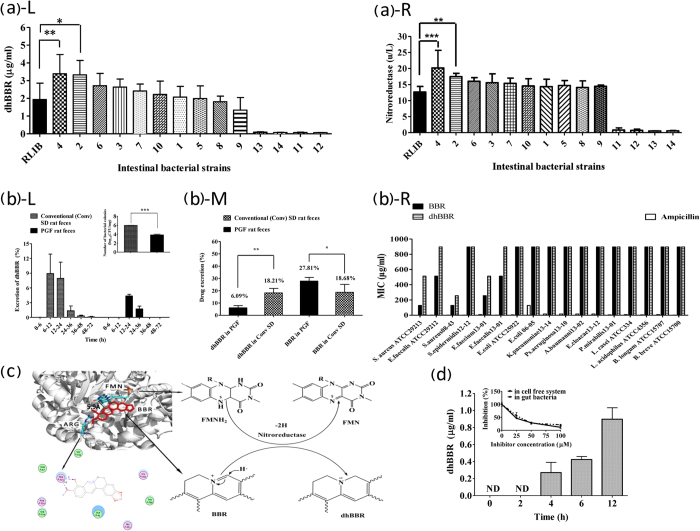Figure 2. Generation of dhBBR by the gut microbiota.
(a) BBR was converted in vitro into dhBBR by 14 intestinal bacteria strains [S. aureus 08-43 (1), E. faecium 13-01 (2), E. faecalis 13-01 (3), E. cloacae 13-12 (4), E. coli 06-05 (5), S. epidermidis 12-12 (6), Ps. aeruginosa 13-10 (7), K. pneumoniae 13-14 (8), P. mirabilis 13-01 (9), A. baumannii 13-02 (10), and L. casei (11), L. acidophilus (12), B. longum (13), and B. breve (14)]. L: dhBBR was produced at different levels by the 14 intestinal bacteria strains (*P < 0.05 and **P < 0.01, n = 6); R: Determination of nitroreductase in the 14 intestinal bacteria strains (***P < 0.001, *P < 0.05, n = 6). (b) Oral treatment with antibiotics generated pseudo germ-free (PGF) rats and resulted in a reduced conversion of BBR to dhBBR in the rat intestinal ecosystem; L: dhBBR production was delayed and decreased in the feces of PGF rats compared with conventional SD rats; L insert: oral treatment with antibiotics for 3 days reduced the bacterial colony numbers by 2 logs in the rat feces (***P < 0.001, n = 6); M: the accumulative excretion of BBR and dhBBR in PGF and conventional rats over a period of 72 h (**P < 0.01, *P < 0.05, n = 6); R: MIC of BBR and dhBBR on the 17 intestinal bacteria (24 h); The Y axis shows the percentage of the administered amount of BBR. (c) Molecular docking between BBR and nitroreductase, showing the chemical mechanism of BBR reduction by nitroreductase. (d) Nitroreductase-mediated BBR reduction resulted in a BBR-to-dhBBR conversion after 4 h; insert: BBR-to-dhBBR conversion was reduced in the presence of the nitroreductase inhibitor 2-IBA (100 μM) in the nitroreductase-containing cell-free incubation mixture or in the rat gut bacteria cultivation mixture (for 12 h); ND: not detectable.

